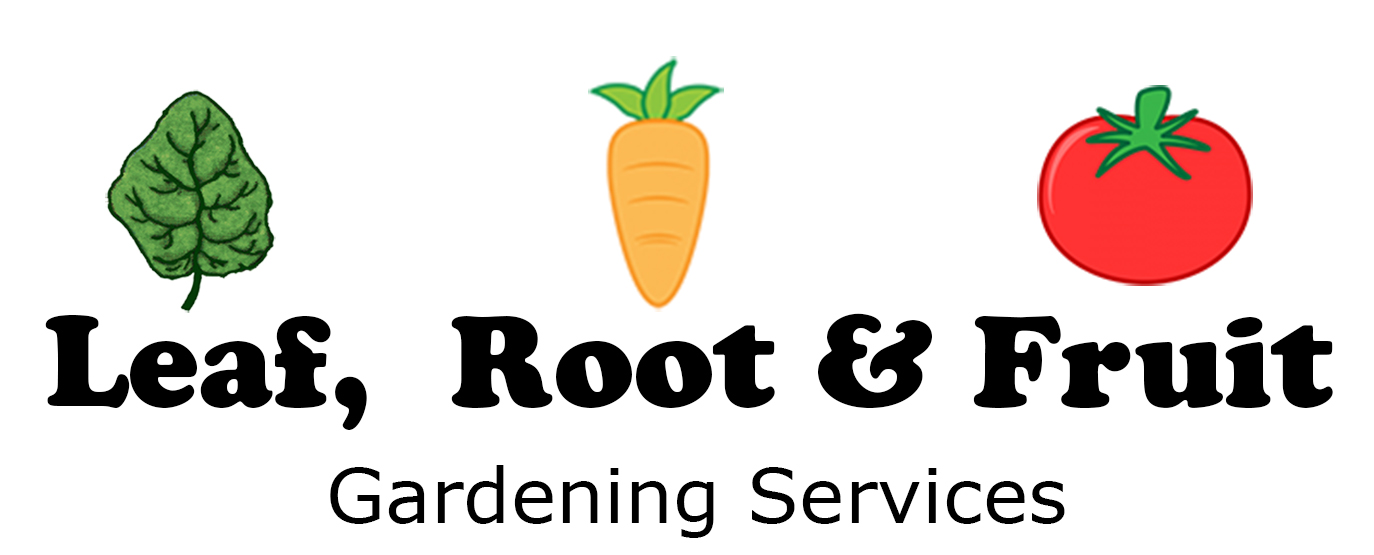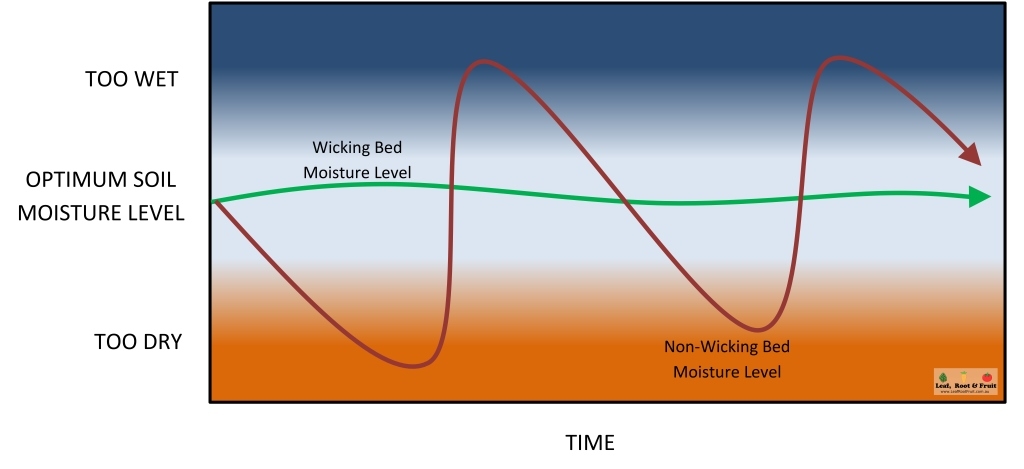What's a Wicking Bed?
Wicking beds aim to increase food production, while using much less water. Think of them as a giant self-watering plant pot. Water is drawn up into the soil via capillary action from a reservoir in the bottom of the wicking bed. Raised beds. apple crates, tanks, baths, troughs and drums can all be used to create a wicking bed.
Watering a wicking bed is easy! All you need to do is keep the reservoir topped up occasionally (every week or so in summer). The great news about these gardens, is that they can tolerate dry summer conditions better than normal gardens. There’s no need for a fancy irrigation system, so they are great for renters. They are far more water efficient, and as such, they are also great for those who don’t have time to spend watering their veggie patch every day over summer.
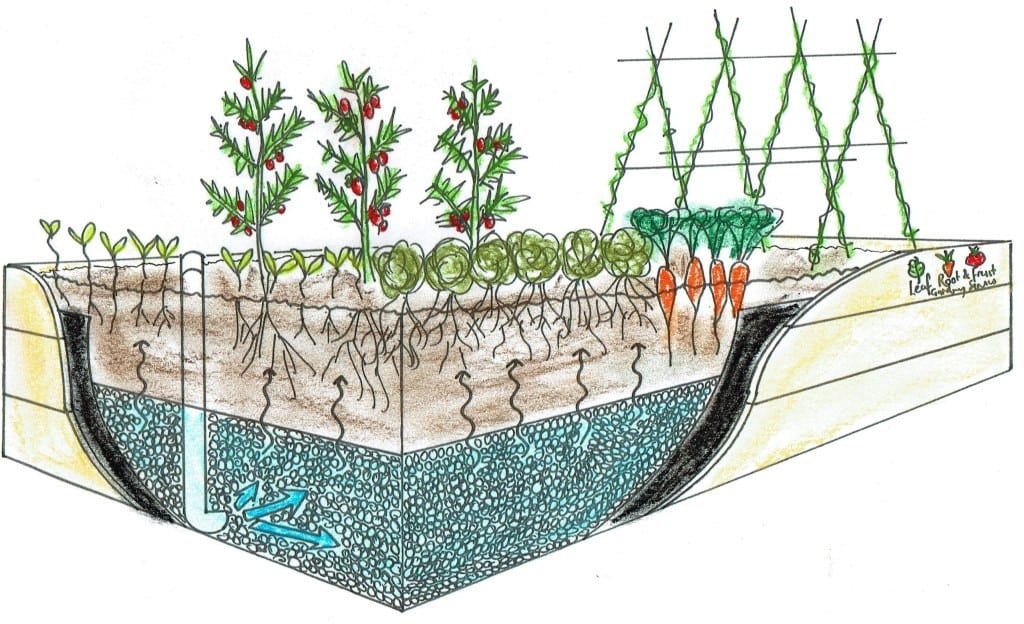
Are Wicking Beds really that important in Melbourne's climate?
The global climate is warming and Melbourne has an increased susceptibility to drought. In the near future, effective use of water in the garden is going to become even more important. Because of this, wicking beds are becoming an increasingly popular gardening solution in Melbourne.
Wicking beds are very efficient ways to water your herbs and veggies. The water held in the reservoir can only leave the bed by capillary action up through the soil profile. As it does, most of the moisture is accessed and used by the plants. With standard raised garden beds, much of the irrigation water that you apply usually drains down the sides, or straight out of the bottom. Watering from the top means that a lot of the water, evaporates straight off the soil surface, before it has a chance to soak in to the soil. However, with a wicking bed, almost every drop of water get held in the system and made available to the plants, where they need it most – to their root zone.
Wicking beds are great at maintaining consistent moisture content. The soil in the garden bed stays moist, without getting too wet or too dry. Contrast this to a drip irrigation system that floods the garden bed every few days, and progressively lets it dry out. Consistency of soil conditions (especially moisture and temperature) is the key to growing great veggies. Wicking beds make growing your own food a breeze!
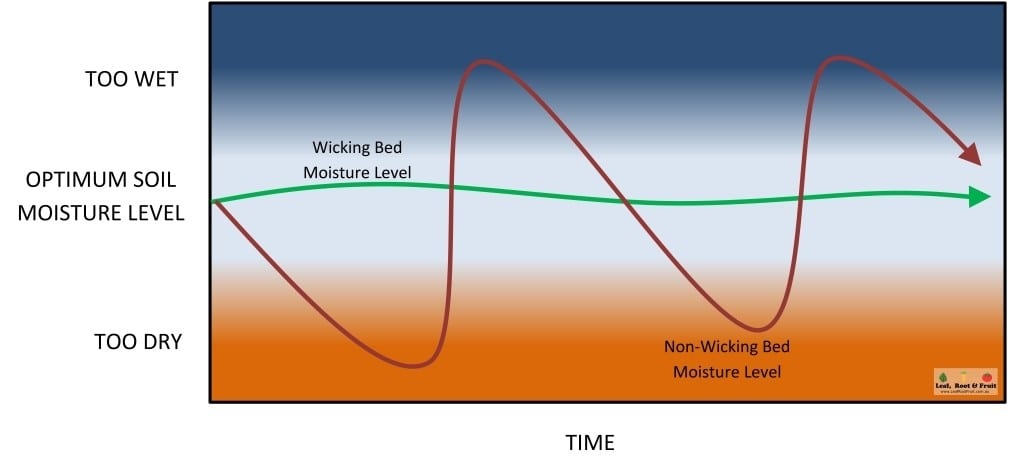
Wicking Beds, the bottom line (I don't rate them that highly!)
At first glance, wicking beds seem very practical and an obvious choice for any gardener. If set up properly, they have a few specific advantages over standard raised garden beds. They:
require less water
keep soil moisture more consistent
reduce competition from large trees with invasive root systems.
However, wicking beds also come with their own set of limitations. Generally I don’t see the need for using wicking beds to grow produce! Growing plants in a standard raised garden bed, or preferably in the ground, with adequate irrigation, means lower set-up costs, more flexibility for future plans, and often growing conditions that are as good as, if not better than, wicking beds.
Before investing a small fortune in wicking beds, check out this post to help decide if they are the right choice for your household.
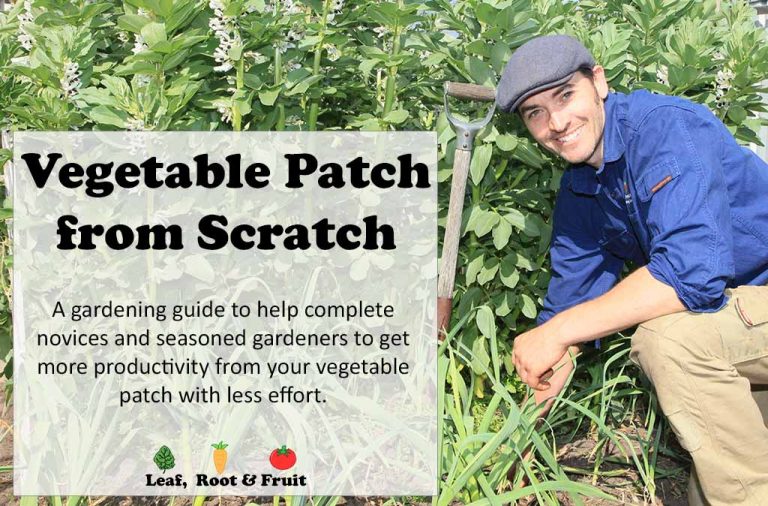
Leaf, Root & Fruit's Wicking Beds
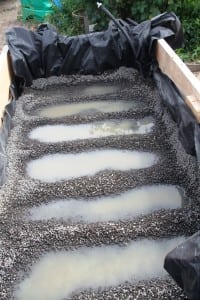
We can install a raised garden bed as a wicking beds. After installing your custom made raised garden bed, we create a water proof reservoir in the base using a potable grade plastic liner 500 microns thick (half a millimteer). We fill reservoir with scoria or gravel, add a layer of geofabric and then top the planter up with the premium blended soil growing medium.
The overflow pipe on our wicking beds enables you to easily check the water level of the garden bed. If the level has dropped more than a few centimetres below the surface –then it’s time to top up.
Topping up the wicking bed, with water is easy. Simply connect your garden hose to the tap fitting on the inlet. Turn the hose on and watch the level in the outlet pipe rise. Once the water level reaches the top of the outlet pipe, simply turn off the tap and disconnect the hose.
Over time, nutrients from fertilizers, compost and manures will concentrate in the water reservoir. So it’s a good idea to drain the wicking bed and re-fill it with fresh water. We recommend doing this once or twice per year. Draining the wicking bed is easy. Simply swivel the outlet pipe 90 degrees in an anti-clockwise direction. The water will then empty via gravity flow.
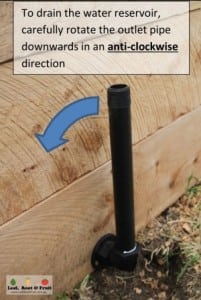
Please Note: We no longer install raised garden beds or wicking beds as a one off project. Our raised garden beds and wicking beds are now only installed as part of larger landscaping projects. Please see our foodscaping page for further details.
Sign up to our newsletter for our monthly edible gardening wrap-up, including:
- A guide on what to plant in your garden in the upcoming month
- What’s happening in our garden and other gardens across Melbourne
- Upcoming gardening events
- Hints and tips on gardening
